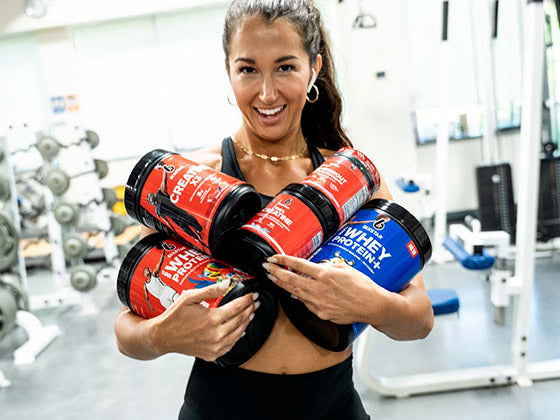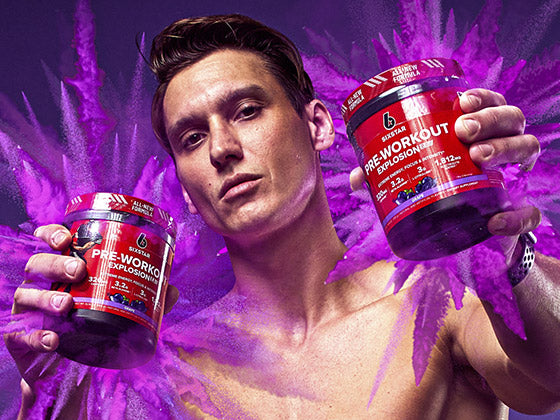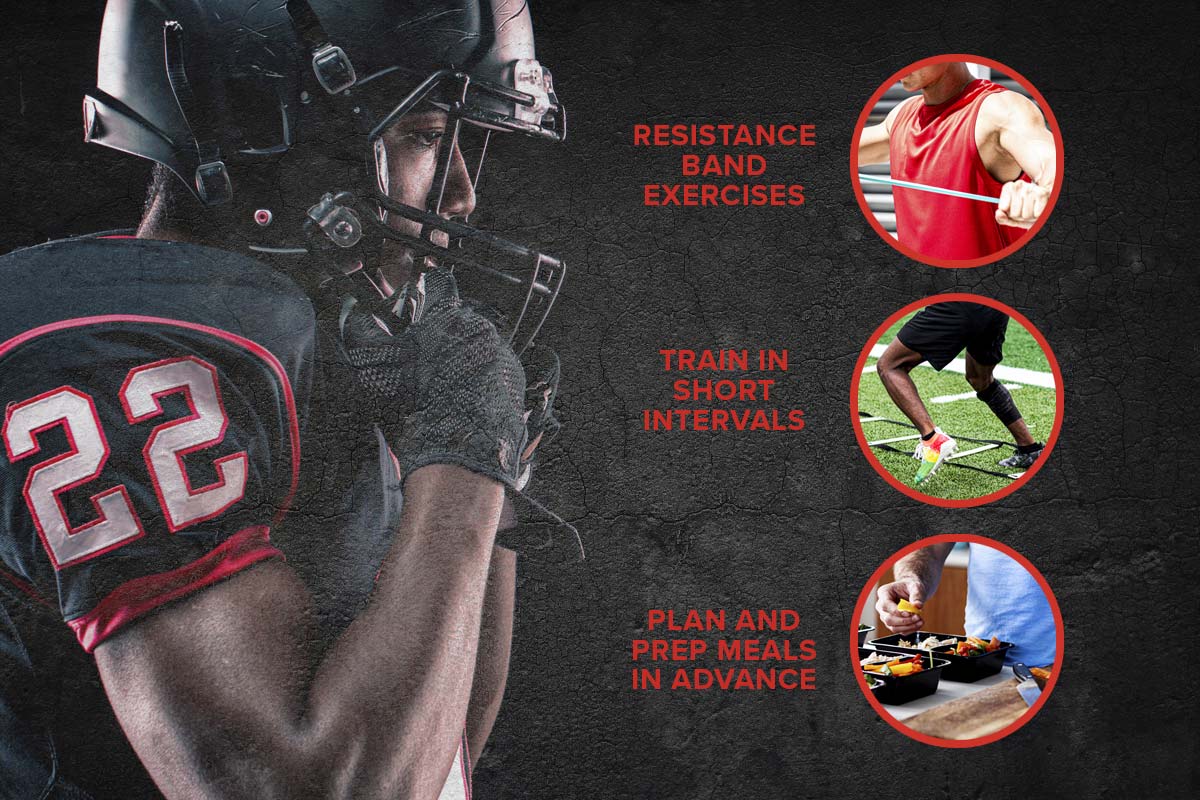Preseason is upon us and whether you’re at the high school or collegiate level in your sport, be it hockey, football, soccer, basketball or hockey, this is the time where champions are made. Preseason is a critical time for preparing your body and mind for peak performance, preventing injury and hopefully taking home some hardware in the upcoming seasons.
Research shows that it only takes two weeks in the off-season for detraining (the literal opposite of training) to occur and fitness levels to decline. And the time it takes to retrain is more than double the time it took to detrain, roughly five weeks compared to just two to decline. Not fair, we know.
The preseason is a six to 10-week period ahead of the competitive season where a number of things need to happen to ensure you’re set up for success and have a leg up on your competition.
Here’s your athlete’s pre-season checklist. Don’t let it overwhelm you, take it one or two tasks at a time, but don’t procrastinate either. Remember, discipline now will prevent disappointment later.
Here are the three main preseason to-dos plus a comprehensive checklist you can print off and get to work on so that you come out on top.
Gear, uniform and equipment inventory
Chances are, your body changed over summer and some gear will no longer fit. Whether you’ve outgrown some items or you have some that’s damaged or poorly fitting, it’s a good idea to try everything on as and early as possible.
Examine everything carefully for damage and see what’s not fitting right just in case you need to replace it. See below for a full list of things to check and to ensure you have ahead of game time.
Science-backed reasons to start training now
There’s no doubt the off season was nice but as we mentioned above, according to a study done on semi-pro soccer players, it only takes two weeks for your fitness levels to plummet. It’s time to whip back into shape now.
The reason for preseason training—and ample time to do it—is two fold. Preseason training is needed to improve fitness levels across many categories including endurance, power and coordination and also to prevent injury. Let’s take a look at the science.
In one study done on 30 young elite football players, changes in physical fitness was examined over an 8-week preseason period. The players all participated in general preseason football training and were tested at the start and the end of preseason. All players saw a considerable improvement in both power and coordination at the end of the 8-week preseason.
In another study, this time on soccer players, researchers set out to better understand the importance of a strong preseason for preventing injury. The scientists monitored 31 players over a 6-week preseason and into the next two seasons. Their preseason consisted of eight training sessions and a friendly match every week, the equivalent of 14 to 18 hours of training each week. All players showed significant improvements in both their VO2 max (or oxygen uptake) and total sprint time as a result of their preseason training.
Once the competitive season started, 28 varying degrees of injuries were reported but what’s particularly interesting is that the players that reported injuries were those with the lowest VO2 max improvements, indicating that those who adhered to preseason training and saw the greatest V02 improvements were less likely to get injured during the competitive season, underscoring the importance of a successful preseason prep.
Now that you have the scientific facts, it’s time to get training. See below for the training checklist.
Dial in your nutrition
What you put in your body is just as important as what you do with it during the preseason. Proper nutrition and the right balance of macronutrients will make all the difference in your ability to perform optimally on the playing field.
This might be a phase where you are attempting to add muscle or lose body fat but no matter what your individual goal is, it’s time to remove excess snacking and junk food, dial in your nutrition and ensure you’re getting a balance of high-quality, nutrient-dense macronutrients (those are your fats, carbs and proteins) so that your body gets only the best fuel for maximum functionality. Use the checklist below to check in—and adjust—your preseason eating.
The Athlete’s Preseason Checklist:
Training
- Before anything, make sure you’re healthy enough for physical activity
- Some schools require a medical physical, do you need one?
- If you haven’t already, check with your coach about your preseason program and when you should start
- To recover from training, be sure to get plenty of sleep. Athletic teens need 9-10 hours and young adults 7 to 9, but more is always better.
Equipment and gear:
- Examine all of your gear and equipment for damage
- Try everything on to ensure it still fits
- Make sure you have a water bottle, sport-specific sunscreen, mouth guard, rain gear and warm-up gear
- Wash and dry everything well in advance
Nutrition:
- Figure out how much you should be eating and what macronutrients based on your body, goals and activity level. A few ways to do this are with My Fitness Pal or a macro calculator for athletes like this one.
- Remove the majority of junk food and “cheat meals” from your diet for the preseason
- Make sure you’re getting enough food!
- Aim to eat within thirty minutes of each training session
- On light activity days, eat a little lighter and on training days be sure to get high-calorie but nutrient dense snacks.
- Stay well hydrated, especially in warm weather. Use this guide.
- Remove processed foods and simple carbs and choose complex carbs instead like brown rice and pasta, quinoa, oatmeal and sweet potatoes.
- Make sure you’re getting enough protein. Aim for ¼ of your plate to be clean lean protein, ½ complex carbs and the rest (or more!) a rainbow of fresh vegetables
- Supplement with SIXSTAR’s Whey Protein Plus to take your performance to the next level
Resources:
VO2 max improvements much lower in injured athletes indicating that those who adhered to pre-season training and saw the greatest V02 improvements were less likely to get injured, underscoring the importance of a successful pre-season preparation.
https://www.ncbi.nlm.nih.gov/pmc/articles/
PMC6225967/
https://www.e-jer.org/journal/view.php?number=2013600835
Collectively, the results emphasized the importance of systematic and scientific training methods to improve the fitness levels of young football players in the preseason training period. Moreover, training to improve coordination in young football players is effective at younger ages.
Football study on a number of variables that were improved during preseason
https://pubmed.ncbi.nlm.nih.gov/29058465/




